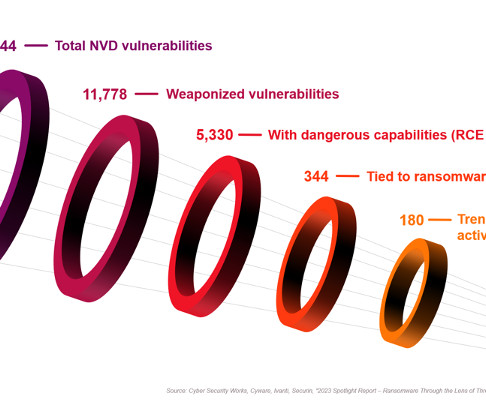How to Choose an OT Cybersecurity Solution Vendor
Tenable
NOVEMBER 4, 2021
In most cases, OT systems are in continuous communication with the larger business environment that surrounds them, including the internet of things (IoT). Network-based detection should include the following capabilities: Policies for “allow/disallow”, similar to a firewall. Buyers OT eBook - [link]. Tenable.ot Learn more.



















Let's personalize your content